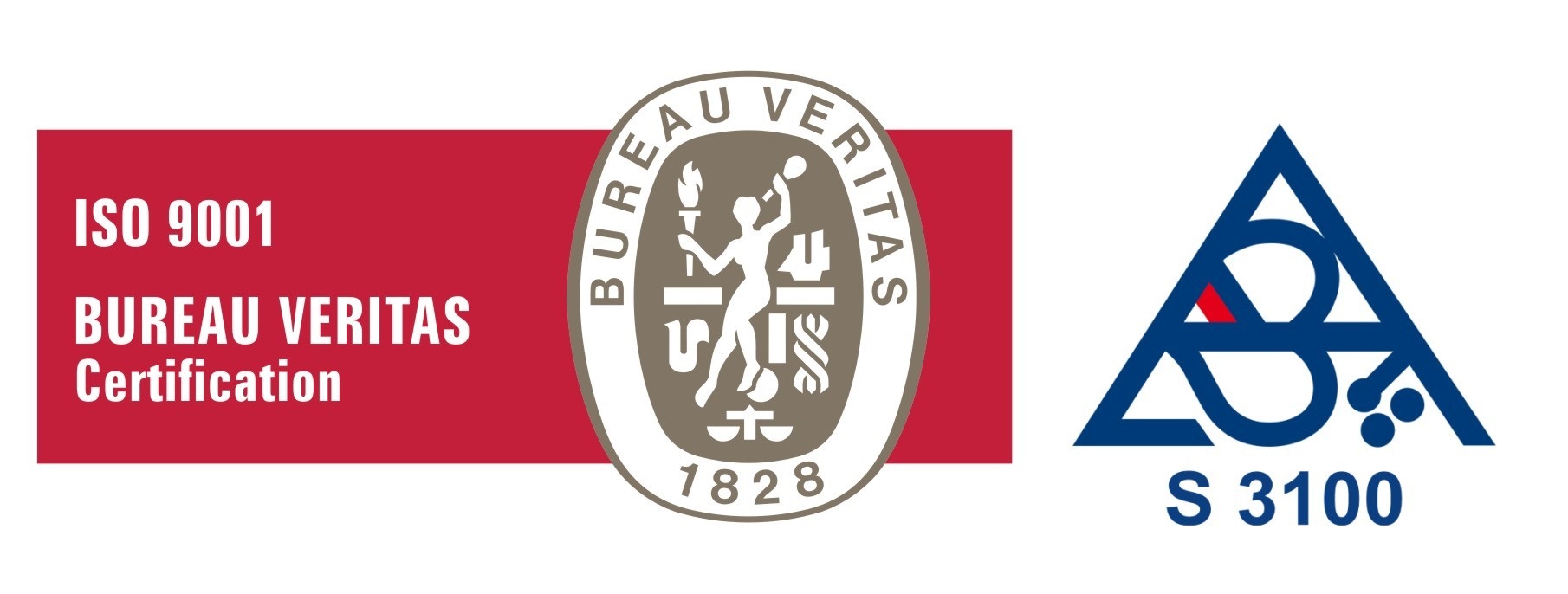18F half-life is quite short for many types of in vivo use (metabolism of the monoclonal antibodies and their fragments or biodistribution of the radiopharmaceuticals etc.)
The attention is focused on other positron radionuclides with longer half-life, which would make marking a wider spectrum of substances possible:
- 86Y (the half-life is 14.7 h)
- 124I (the half-life is 4.18 d)
- 68Ge/68Ga generator (the half-life of the 68Ge is 270.8 d and 68Ga is 67.6 min)
The application of the positron emitters enables PET determination of the biodistribution and metabolism of the radiotherapeutics marked by the 90Y and the 131I.
Specific therapeutic programme [68Ga]DOTATOC
- specific compound for diagnosis of neuroendocrine tumors (accumulates in meningioma and carcinoma metastases, NET pheochromocytomas, where it reaches 97 % sensitivity, 92 % specificity and the overall accuracy of 96 %),
- applied radioactivity should be in the range of 100 – 400 MBq,
- the optimum start time of the PET scanning is from 60 to 90 minutes after injection, the image evaluation is carried out visually and semi-quantitatively using standardized accumulation values (SUV),
- after i.v. administration leads to very rapid accumulation of 68Ga-DOTATOC in the tumor, which achieves max. for 70 +/- 20 min after the administration.
68Ga is due to the short half-life significantly better for the patient in terms of the radiation load: The future of nuclear medicine imaging of neuroendocrine tumors: on a clear day one might see forever…




